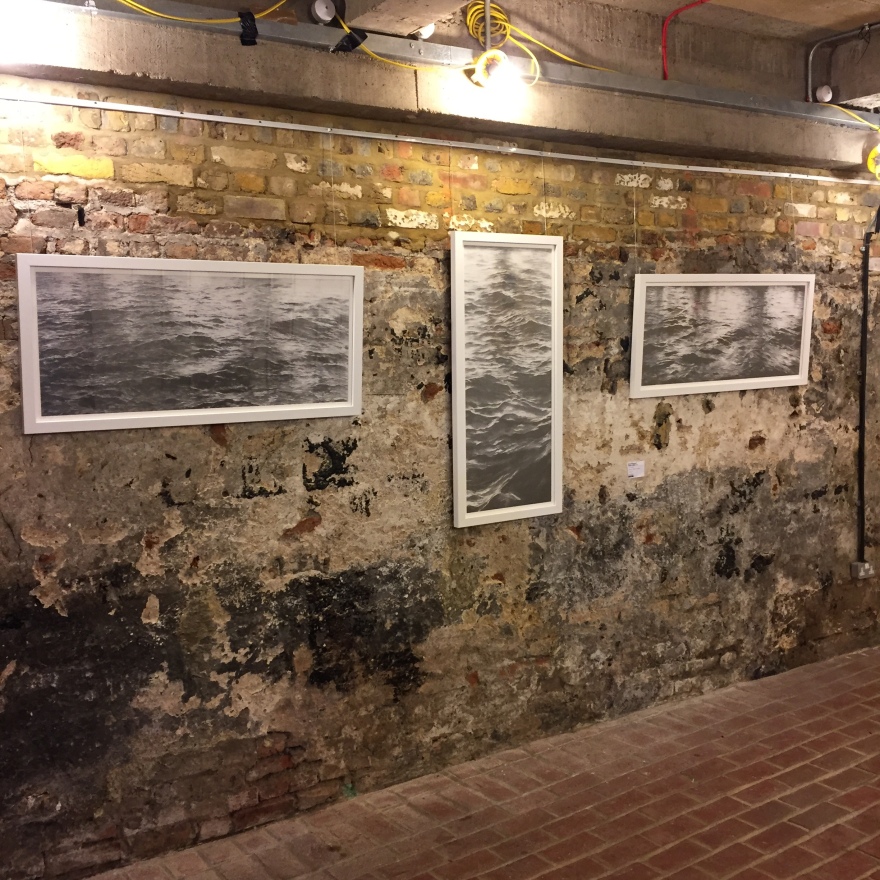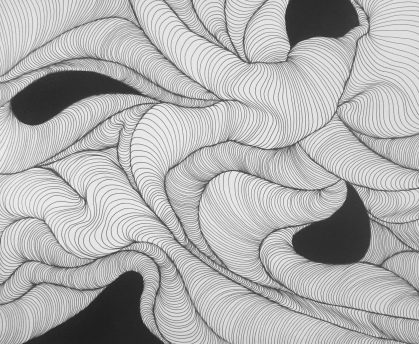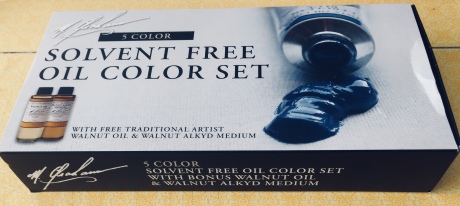A busy autumn period for me culminated in a group exhibition at the Pie Factory, Margate. Though a mere pop-downstairs from the studio, I had managed to volunteer myself to curate the exhibition—I had never done this before.
It is an interesting space, consisting of four unique, joined rooms, each with its own distinct personality. Some walls are flat, painted white, others have original tiling from when the building was a pie factory, while another is raw, crumbling brickwork.
I had no real idea how many or what kind of works would be arranged on those walls until the first morning of the hang. Everything from table mats and posters, to large paintings, to illuminated glass sculpture, had to be arranged into the four rooms with some logical, flow.
I expected some battling with artists, fighting with hanging systems, and a great deal of changing things around until they came together in a form that felt right. In a great part due to the lovely artists involved, It was a far less stressful experience that I expected.
The unique arrangement of rooms at the Pie Factory are a bonus in arranging and grouping the widely contrasting works into some logical order. I thought maybe to theme each space, but that proved impossible due to the diversity of the works. But each room had a distinct feel, and none of the works felt crowded or out of place. Guests appeared to enjoy their visits, and the artists seemed happy with my curation. Phew!




Hindsight brings some reconsideration of some of the hanging decisions, but so minor I doubt anyone would notice. It will be interesting if I am able to do this again next year. The experience gave me a fresh respect for curators, and I want to do more.
Artists who took part:
Neil Dixon, Jenny Duff, Don Eachells, David Mulett, Francesca Souza, Sweet Potato & Friends, Graham Ward, Helen Whitehead, Claire Youngs.




 Research led me to
Research led me to 



